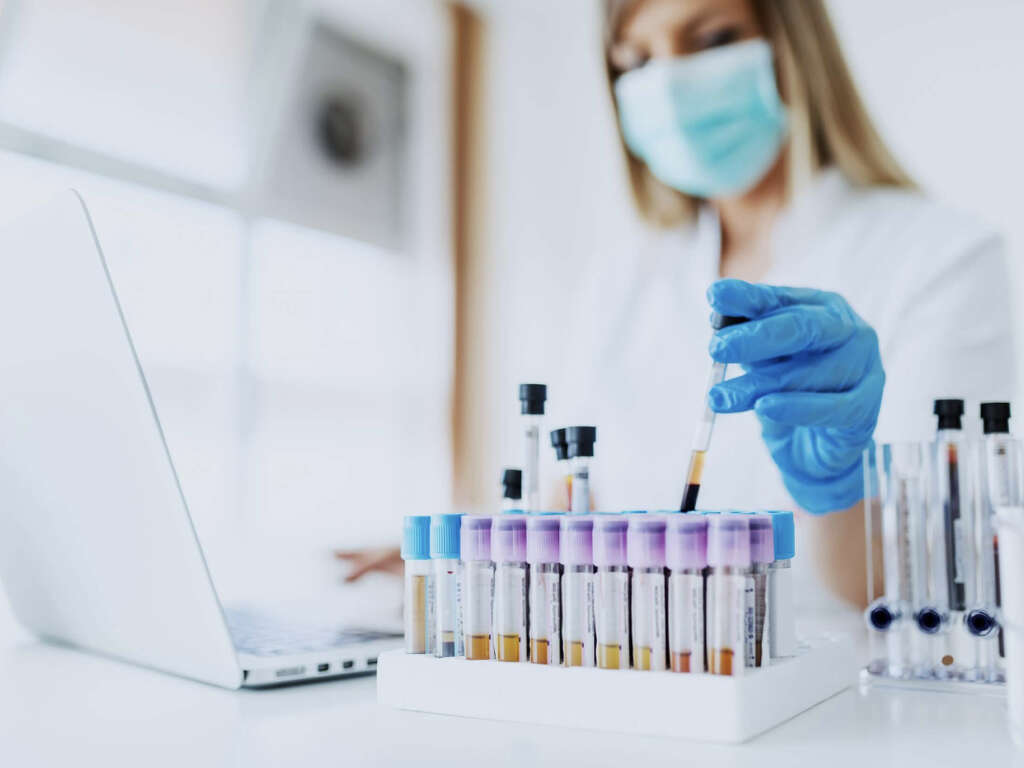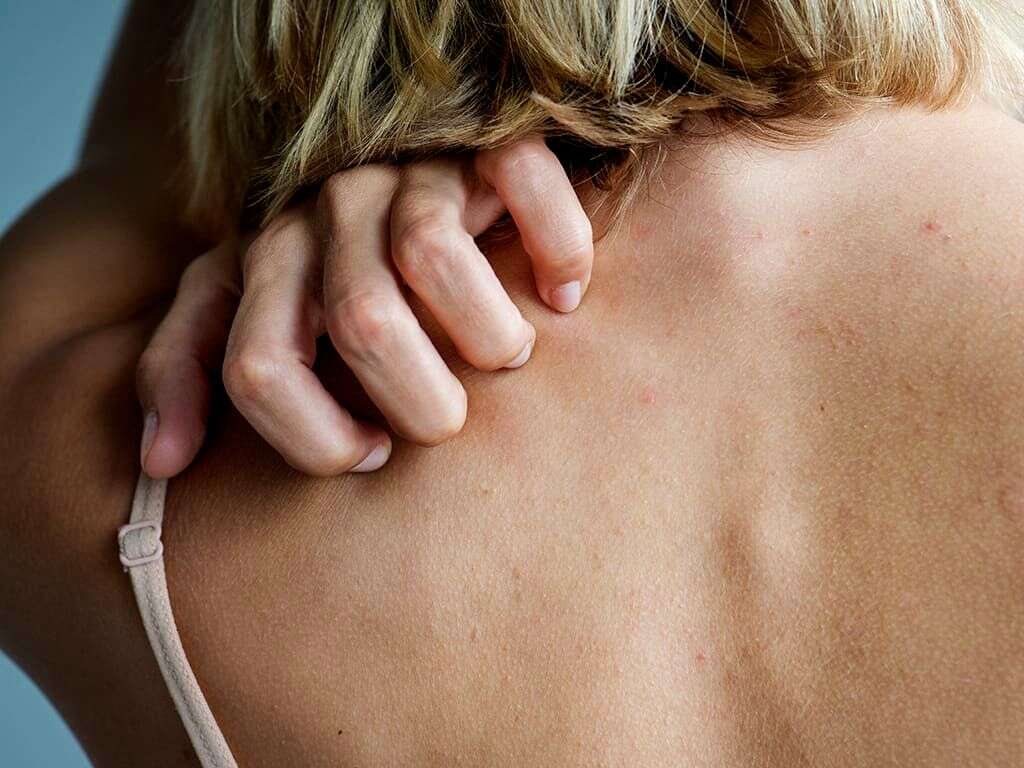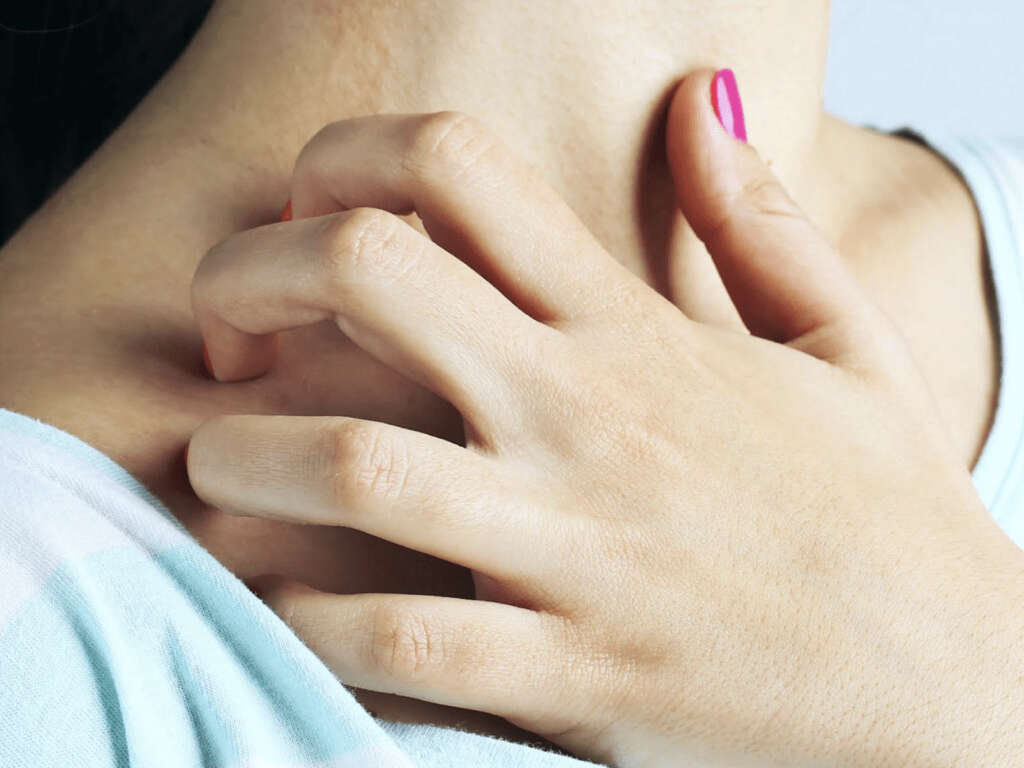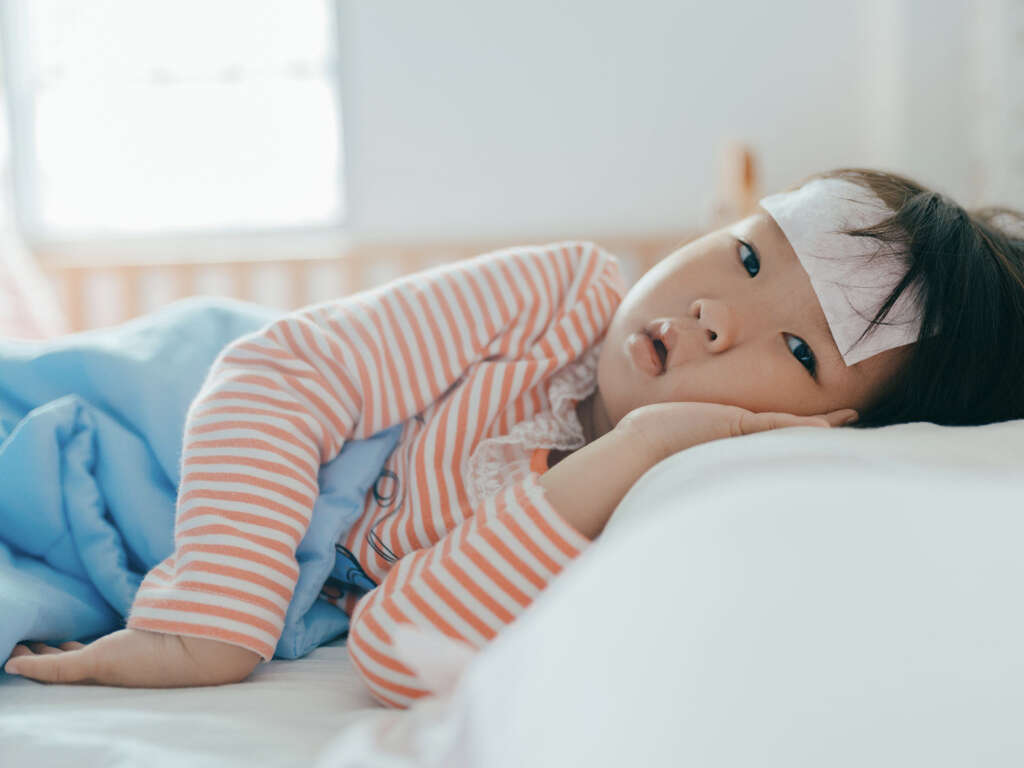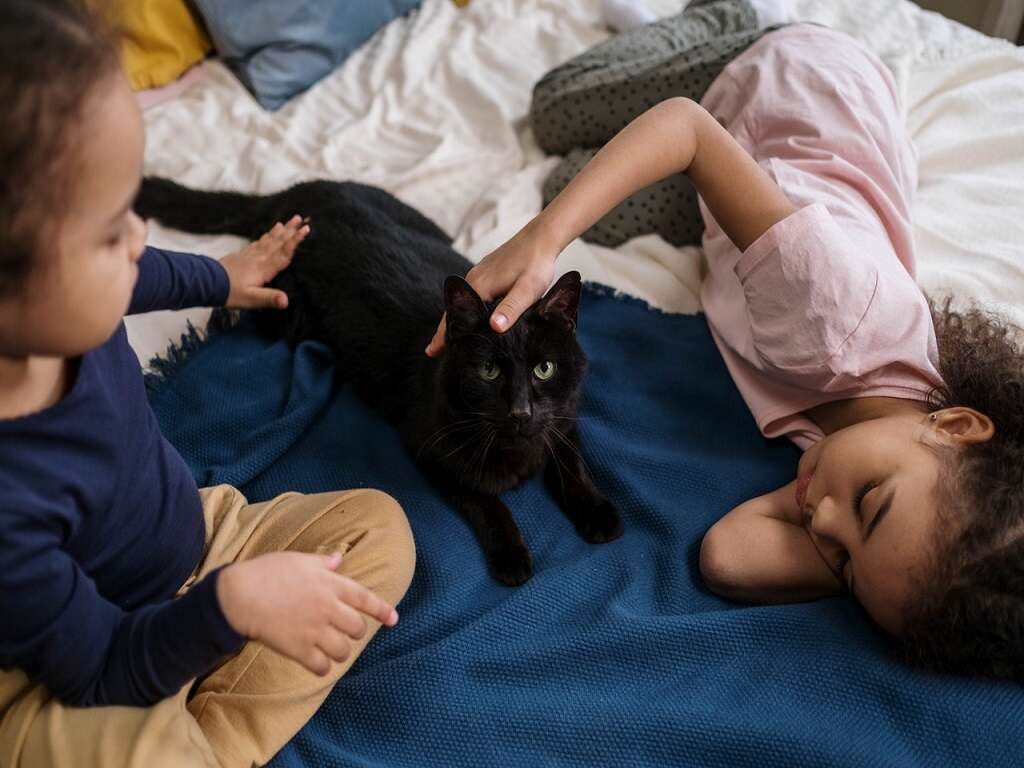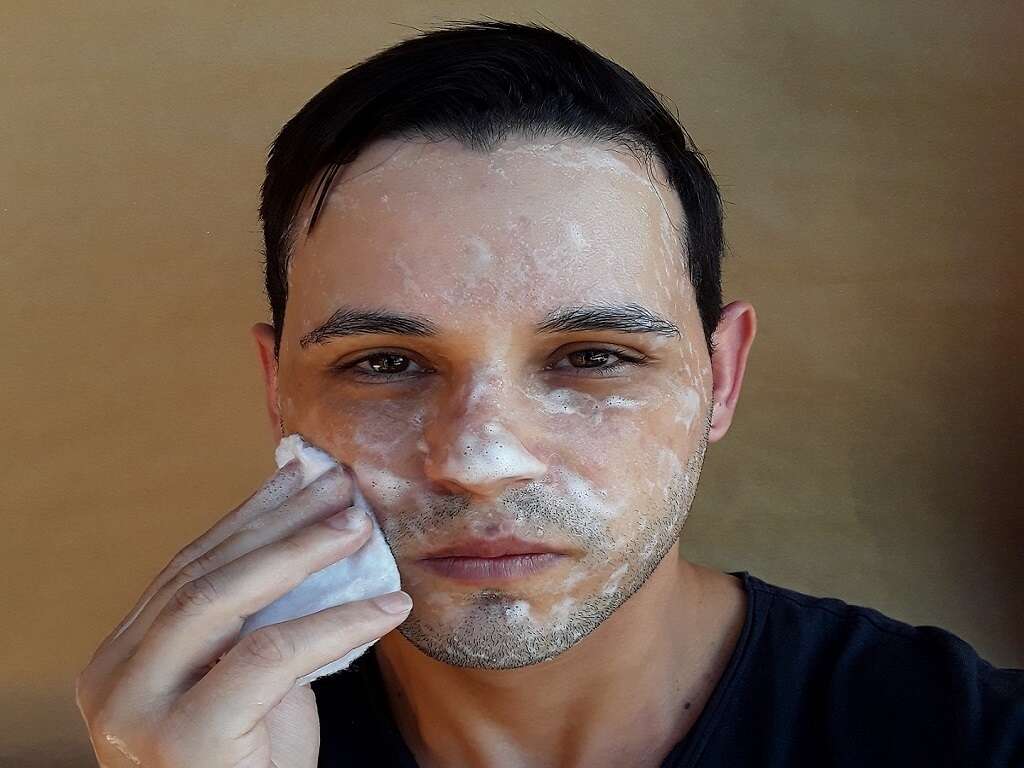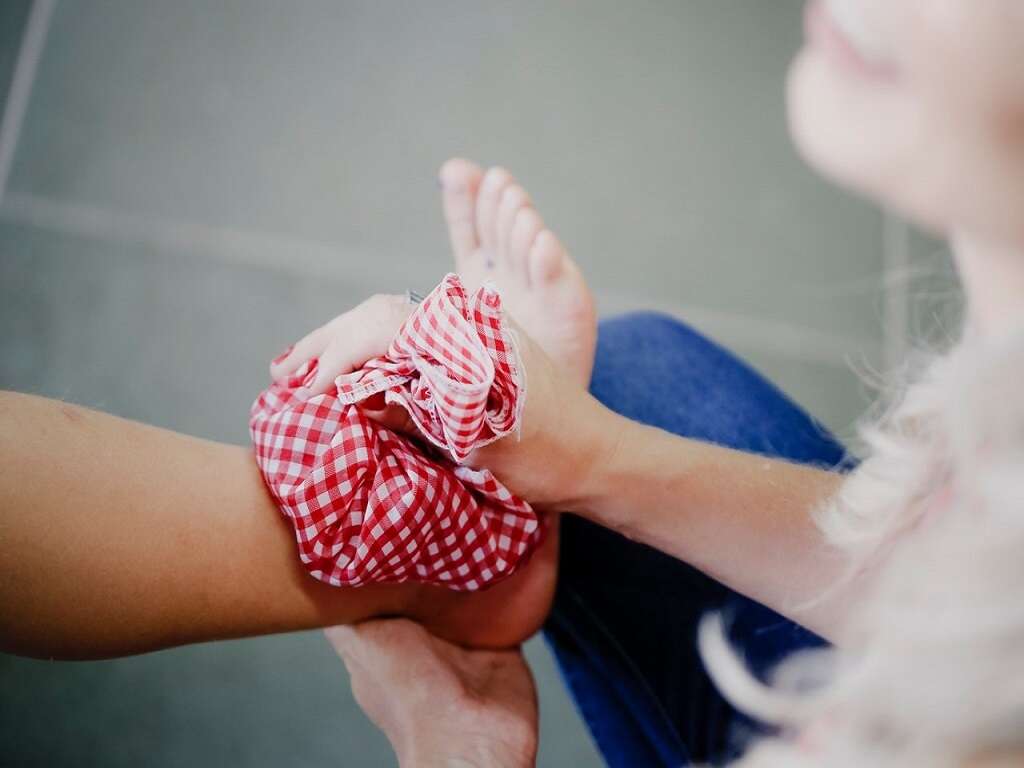Can Humans Get Fleas?
Fleas are very small animals that feed off the blood of other animals. They obtain the blood by biting through the skin to access the blood that’s flowing through blood vessels below. Fleas are very common and there are numerous different species, each more or less adapted to living off certain animals.
When we think of fleas, we usually think of pets and wild animals and it is not uncommon for us to have to treat pets that have developed an infestation. People are animals as well, however, so there is no reason why we cannot be affected by fleas also. Here’s a look at whether or not humans can get fleas and how they affect us.
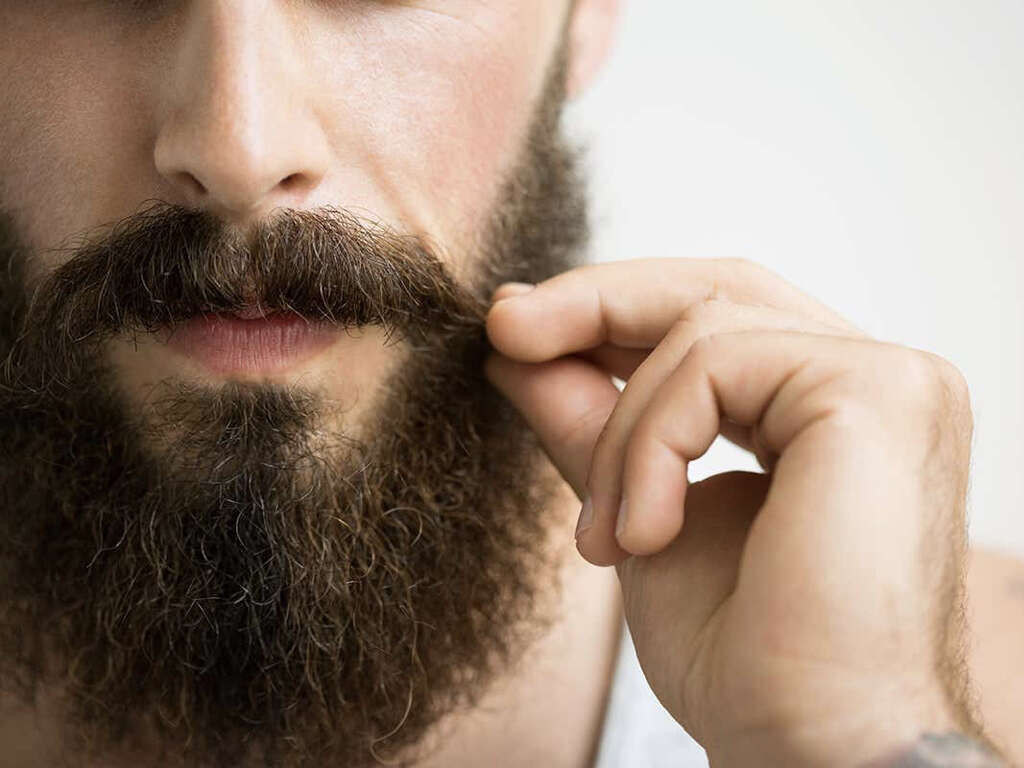
1. Can Humans Get Fleas?
To answer the question bluntly: Yes humans can get fleas. After all, we are big bags of blood and, to a flea, this is a banquet in the making. They are able to bite through our thin skin just as they can with other animals so, as far as a flea is concerned, humans are fair game.
The good news is that while flea bites can be uncomfortable, they are not usually anything to worry about. While fleas have been the bearer of potentially dangerous pathogens in the past, this is not currently the case. Severe infestations could also lead to health problems, but severe infestations are very rare in humans.

2. Hairless
While we can catch fleas, humans tend not to have as many problems with the parasites as a lot of animal species do. Perhaps the main reason for this is that we are not hairy creatures overall and this means that there are fewer places for fleas to live and hide. Our lack of hair also means that fleas are easier to spot and catch, alerting us to a problem early on.
We are not completely hairless, of course, and our heads and pubic regions are potential homes for fleas. They are also potential homes to other types of parasite including head lice and pubic lice.

3. Identifying Flea Bites in People
We are prone to picking up bumps, bruises, scratches, and bites. It may not always be easy to identify what is causing a particular issue but there are some signs that will help you identify when something has been caused by a flea bite.
Flea bites will appear as small, red bumps, which is not a distinctive feature in itself. However, a flea bite may be identifiable by the appearance of what could be described as a halo around the center of the bite. You are also more likely to find them on the legs and ankles and they can appear in straight lines and/or in groups of three of four.

4. Pets
While humans will sometimes attract fleas themselves, it is more likely that any bites have come from fleas that have themselves come from animals. Cats and dogs are popular pets worldwide and they are prone to getting fleas. As animals that are generally very hairy, cats and dogs have plenty of places for fleas to hide in, meaning it is not easy to spot them.
Excessive scratching is a good sign that your pet might have fleas, and it is worth having a further look. Comb through your pets hair with a fine comb and you are likely to notice fleas if they have them.

5. Bushes
We tend to think of fleas as living on our pets, but what a lot of people do not realize is that many will also be living outside. If you have been out in the garden in areas of long grasses or shrubs and bushes, then you may well find that this is the source of any bites you may have.
If you do have a lot of overgrowth in your garden, consider cutting it short where you can because fleas do not like to be exposed to the sun. In addition, you can try planting some mint because it helps keep fleas at bay because they dislike the aroma, even though it is a very pleasant aroma to us.

6. Furniture
Treating your pets, and your gardens, for fleas is all very well but neither of these should be your prime target. It does not matter how many times you manage to kill the fleas on your pets they will continue to come back again and again if you do not treat your furniture as well.
Your carpets, rugs, sofas, and other furniture will act as a breeding ground for fleas. Here, they will lay thousands upon thousands of eggs. Once the eggs hatch, flea larvae will emerge and these will eventually become adult fleas. These fleas will then have easy access to pets and people in the home, providing all the food they need to continue reproducing at a rapid rate.
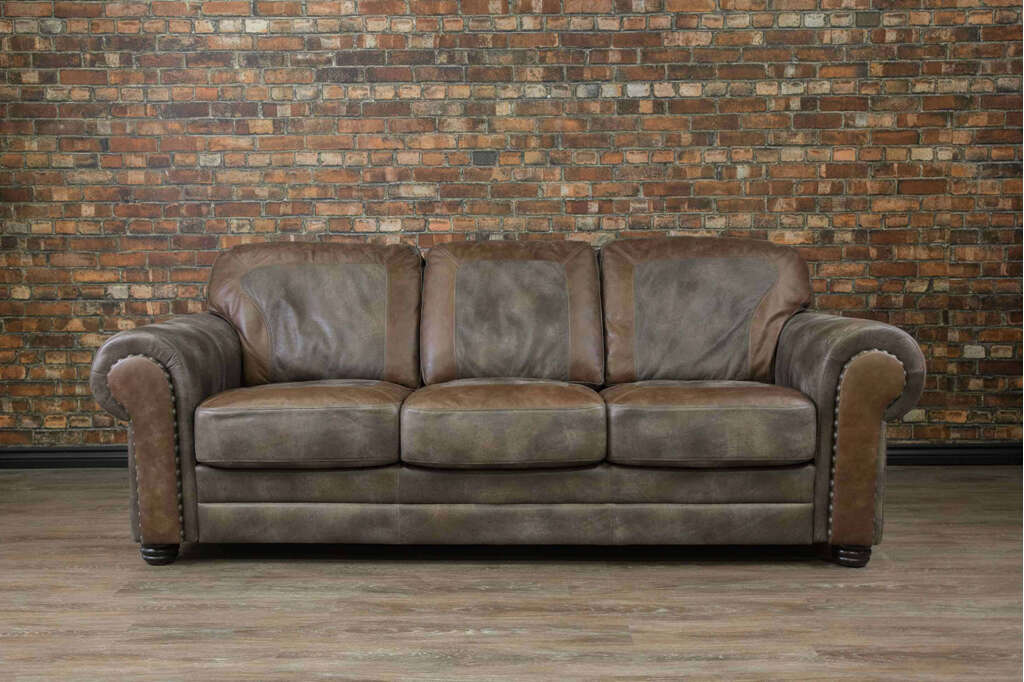
7. Overall Treatment
Although flea infestations can take hold quickly, it is not too difficult to deal with them. Flea collars help to an extent. They release an ingredient that repels the fleas. There are also flea sprays that will help kill the fleas directly, and flea combs that will help you remove eggs from your pet’s fur.
There are also treatments available for furniture and for outdoor areas. Just bear in mind that people and animals should keep their distance when products are being used. You should also bear in mind that very young animals should not be treated with chemical products.
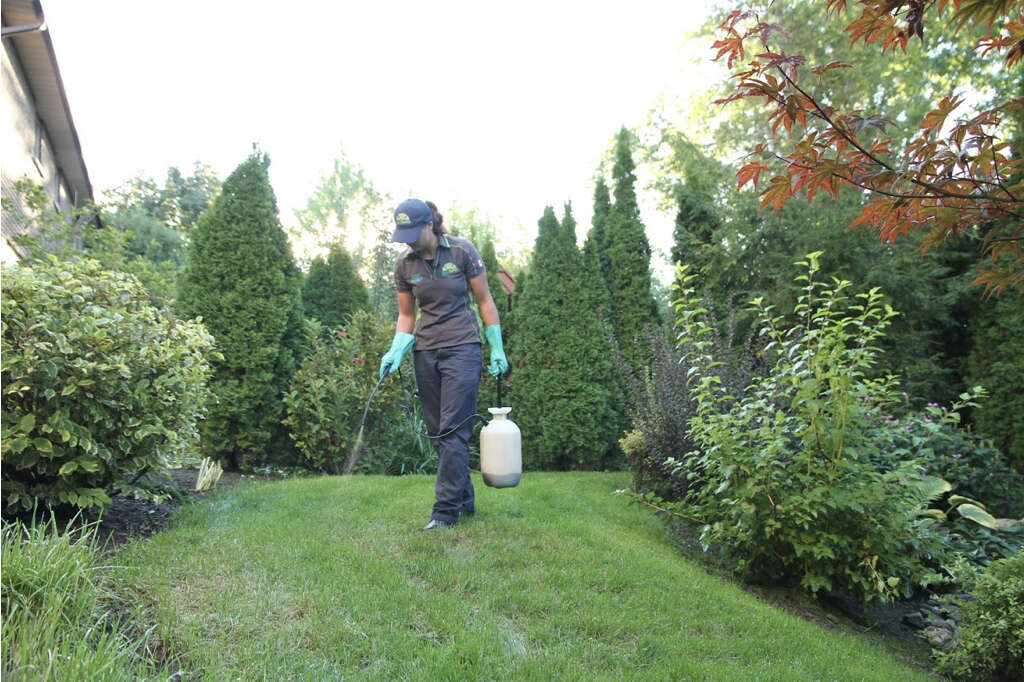
8. Treatment for People
There is no direct treatment for fleas on people as there is for pets, as they are not really necessary. With little hair, fleas have few places to hide, meaning that they are quite easy to deal with. Provided pets, furniture, and outdoor areas are all treated accordingly then the problem should disappear.
If the problem is particularly severe then you might want to consider getting your hair cut short. For men in particular, it is easy to shave off a head of hair. It is also easy for both men and women to remove all hair from their pubic regions.
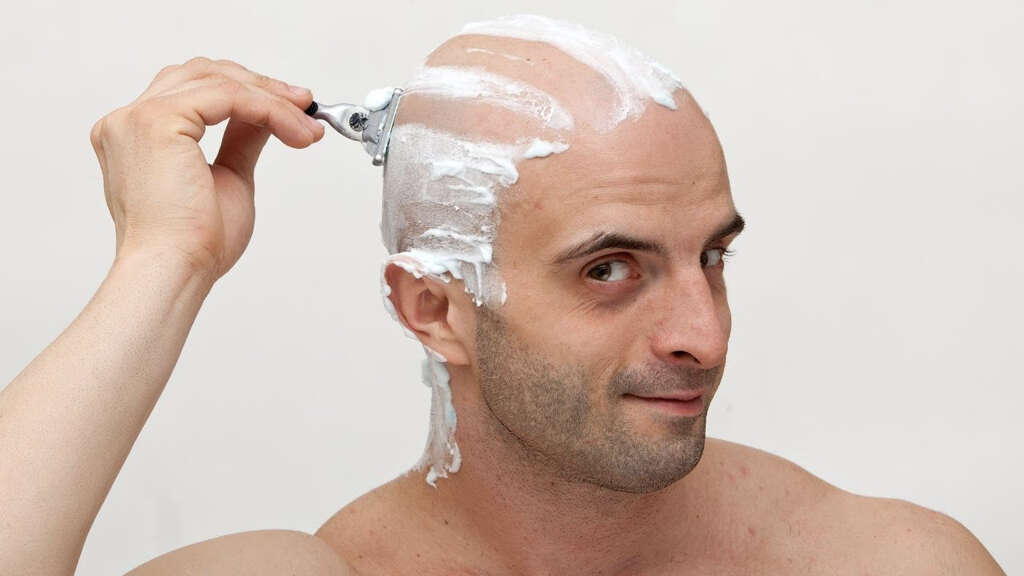
9. Treating Bites
While there is no treatment for people overall, there are still treatments available to help you deal with individual flea bites. Go to any pharmacy and you will be able to find calamine lotions that will help relieve the discomfort of the itchiness of the bites. Applying ice to the area will also help to provide some release from the symptoms.
In addition, you should try to wash the area with an antiseptic soap. This will help to prevent any infections from occurring in addition to helping to maintain good hygiene overall. It should not be long before the symptoms subside and all evidence of the bite disappears entirely.
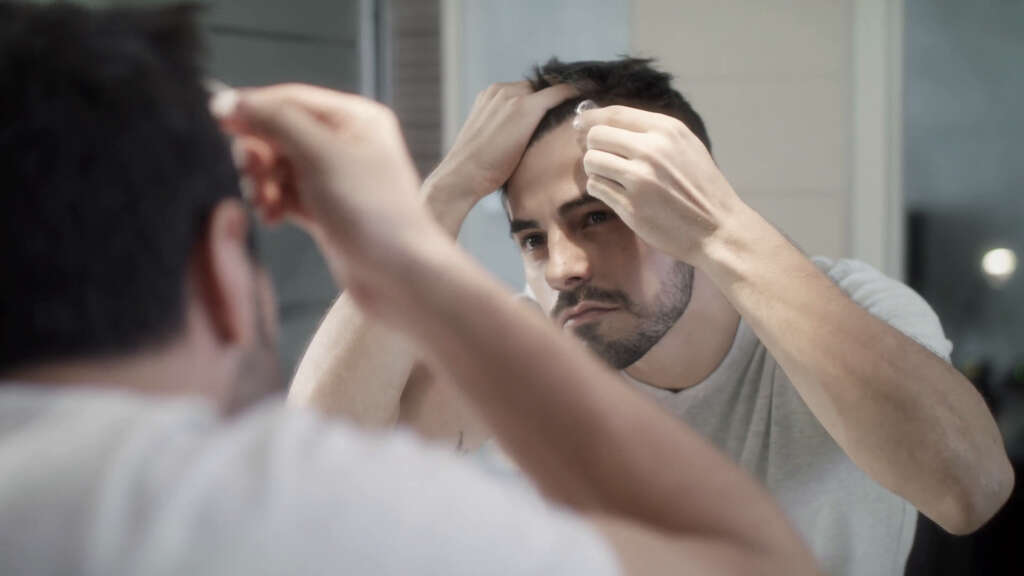
10. Don’t Scratch
Of all the symptoms of flea bites, itchiness is arguably the most unpleasant of them all. The itchiness can be unbearable at times and there is always the often-overbearing temptation to scratch the bites. You should do what you can to avoid this temptation.
Scratching the bites can break the skin and this can allow pathogens to enter. This, in turn, can lead to infections and these have the potential to become quite severe. It can be particularly difficult for children to resist the urge to scratch and you can consider covering the bites with bandages and similar to protect them from sharp fingernails.





